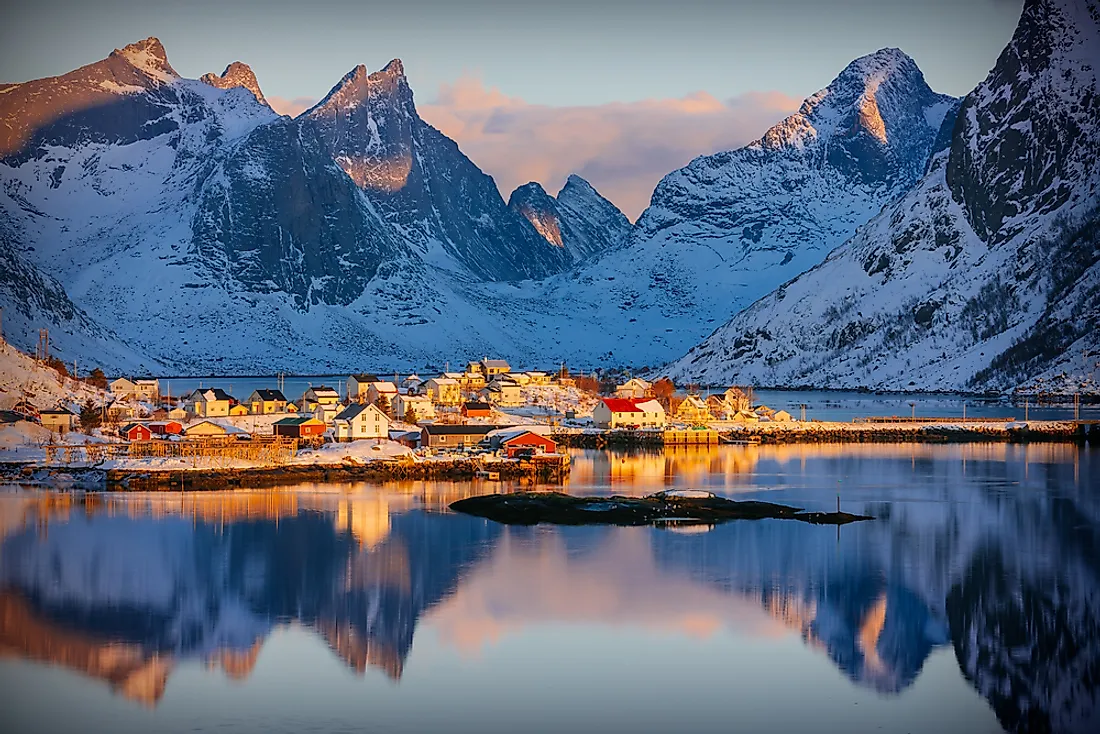Where is the Arctic Circle?

The Arctic is the northern polar region of the Earth, which encompasses the Arctic Ocean and various adjacent seas, as well as portions of Canada, Finland, Greenland, Iceland, Norway, Russia, Sweden, and the United States (Alaska).
The Arctic Circle
The Arctic Circle is one of the five major latitudinal circles of Earth, and it demarcates the southernmost boundary of the Arctic and the northernmost extent of the northern temperate zone. The other major lines of latitude are the Equator, Tropic of Capricorn, Tropic of Cancer, and the Antarctic Circle, which is the Southern Hemisphere's equivalent of the Arctic Circle. Although its exact position is not fixed, the Arctic Circle was located at 66°33′47.6″ north of the Equator in April 2019. It is the farthest region that experience polar days and polar nights. A polar day receives 24 hours of daylight, while a polar night experiences 24 hours of darkness. The area north of the Arctic Circle receives more than one day of either total darkness or daylight, while the Arctic Circle receives exactly one polar day in June and one polar night in December, usually on the 21st of either month.
The Arctic Circle passes through seven countries including the US state of Alaska, Canada, Finland, Iceland, Greenland, Norway, Russia, and Sweden. The portion of Iceland within the Arctic Circle is very small, encompassing an area of less than one square mile, but is a popular tourist attraction that is visited by people from across the world, especially during the solstice.
Human Habitation
Only four million people live north of the Arctic Circle because of its harsh climate. However, some of these areas have been inhabited by indigenous populations for thousands of years. Today, only 10% of the population is indigenous. Large communities within the Arctic Circle are located in Russia, Sweden, and Norway. The largest community of North Americans within the circle is located in Sisimiut, Greenland, which is inhabited by 5,000 people.
Geography and Climate
The Arctic Circle is about 9,900 miles long and encompasses an area of about 7.7 million sq mi, representing approximately 4% of Earth's surface. The latitudinal line passes through the Arctic Ocean, Greenland, North Asia, and the Scandinavian Peninsula. The climate within the Arctic Circle is extremely cold, but the coast of Norway experiences a milder climate caused by the Gulf Stream, which keeps northwest Russia and northern Norway ice-free throughout the year. Parts of the Arctic can experience temperature highs of 86 °F (30 °C) during the summer and lows of −58 °F (−50 °C) during the winter.
Challenges in the Arctic Region
Climate change impacts the Arctic region more than any other place of Earth. In fact, the region is warming twice as fast as the global average, forcing Arctic animals to migrate to unfamiliar territory in order to escape rising sea levels and decreasing food reserves.











